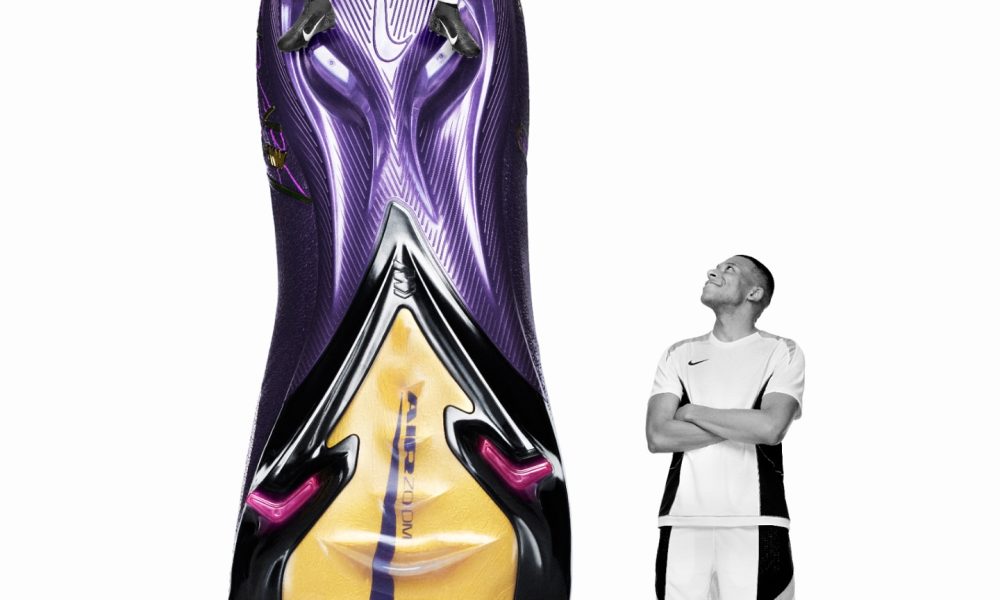Sports
SMART completes paving of next path segments in Sonoma County but asks …
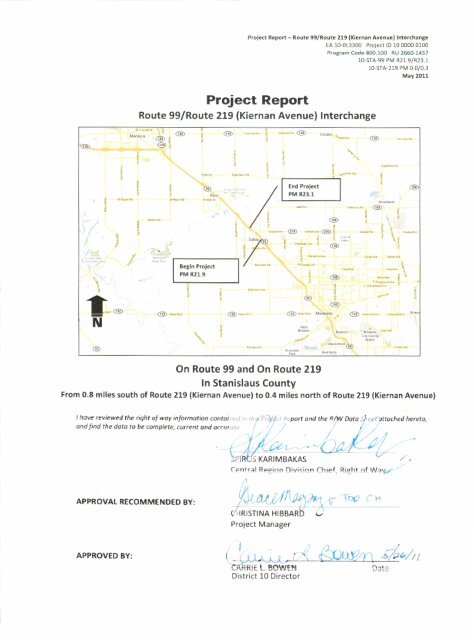
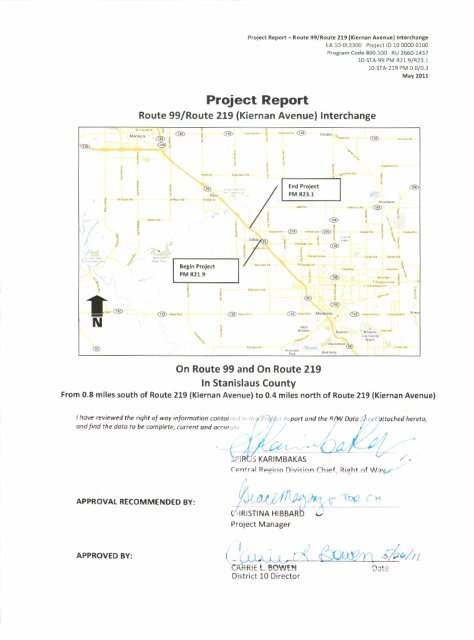
The vision sold to voters at the time included a 70-mile rail line from Larkfield to Cloverdale — with a parallel bike and pedestrian path. But the Great Recession forced the agency to revise its plans, resulting in slower progress on rail construction. Assigned a lower priority, the multiuse pathway came together in fits and starts, as grant funds become available.
While disheartening to those passionate about the pathway and impatient for its completion, the delay comes as no surprise. They’ve grown accustomed to disappointment.
“At every turn,” the Marin County Bicycle Coalition lamented in a 2020 newsletter, “SMART’s decisions have made it clear that it is a rail-first agency, and that the pathway should only advance when it does not impede or compete for funding with the rail project.”
When they’re completed, “by the end of March,” according to SMART, the long-awaited sections will be a game-changer for bike commuters.
Leading them into temptation are several smooth new ribbons of pavement along the SMART train tracks in Sonoma County. That explains the steady, daily trickle of scofflaws ignoring barricades, stepping or rolling over orange mesh fencing in order to use the new pathway, despite the inconvenient fact that those sections aren’t yet open.
A third stretch, the 2.6 miles from Airport Boulevard in northern Santa Rosa to downtown Windsor, is being built at the same time that the new train tracks are laid.
“It’s so busy!” said Tim Zahner, who lives in Windsor and makes use of the new passage to get to his gym on Airport Boulevard.
“I mean, they were pissed.“
The coalition’s tune has changed since Eddy Cumins replaced Farhad Mansourian as SMART’s general manager in November 2021. In addition to restoring train ridership to levels exceeding those seen before the COVID-19 pandemic, Cumins has taken the pathway off the back burner.
Since 2019, said Julia Gonzalez, SMART’s communications manager, the agency has invested approximately million in pathway construction and maintenance.
Eris Weaver, executive director of the Sonoma County Bicycle Coalition, recalls voting for Measure Q. “What we thought we were getting was a bike highway that would go the length of the rail line. It’s been 16 years, and that’s not what we’ve gotten. We still just have pieces.”
SMART’s trains currently operate on 45 miles of rebuilt and modernized track, laid by crews starting in 2012, with service beginning in August 2017. By comparison, to date, 28 miles of pathway are now open. Gaps in the route have limited its usefulness for many potential bike commuters.
Three segments of SMART pathway are tantalizingly close to being completed.
One of them parallels the tracks from Southpoint Boulevard, near the Petaluma DMV, north for 2.9 miles to Penngrove.
While Sonoma Marin Area Rail Transit officials are “thrilled to see the community’s enthusiasm for the pathways,” wrote Allison Mattioli, a spokesperson for the agency, those sections “are still under active construction and are not open to the public at this time.” The email had the words “not open” in bold.
The agency’s website had until very recently informed visitors that the “expected completion” of two of the three Sonoma County pathway segments would be “late Fall 2024.” Now, the website shows “early Winter 2025” and “Spring 2025.”
Don’t look now but there are poachers in our midst, trespassing pedestrians and pirates on bicycles, breaking the rules in broad daylight.
Lower priority from inception
The outcry from cyclists and path advocates reached a fever pitch in 2020, after voters rejected an early extension of quarter-cent tax, dealing SMART a bruising public loss and a reckoning with some of its core constituencies.
After challenging the workers to “give me one good reason why I shouldn’t” ride on the new pavement, the trespassing cyclist rode away.
“A bunch of Ghilotti [Construction] guys yelled at me to get off” that stretch of the pathway, a man who did not provide his name recalled on a recent Friday.
Back in 2008, both the Marin and Sonoma County Bicycle Coalitions played important roles in drumming up support for Measure Q, the 20-year, quarter-cent sales tax that made the SMART project possible and forms the largest share of its operations budget. It also helps the agency compete for state and federal grants to bankroll rail and pathway construction.
There are times, he observed, when “we already have a Highway 101-type bottleneck issue on the path. It’s already full.”
Closed though it may be, that stretch of pathway is already surprisingly popular.
When might the new segments be open? “By the end of March,” according to Mattioli with SMART.
It was not always thus.
The next segment, which bridges a 2.8-mile gap in the pathway between Golf Course Drive in Rohnert Park and Bellevue Avenue in Santa Rosa, has been delayed by, among other things, the presence of California tiger salamanders, an endangered species.
Sports
Camels set personal records, open indoor season

WINSTON-SALEM, N.C. — Campbell track & field competed at the Sharon Colyear-Danville Season Opener and the JDL Early Bird Invitational to open its 2026 indoor campaign.
ON THE TRACK
Emily Pierce got things started as the lone Camel to travel to Boston to the Sharon Colyear-Danville Season Opener. Pierce moved into fourth all-time in the 3000m with a new personal record time of 9:53.32.
In her Campbell debut, Ty’Nasia Emory took first place in the 60m with a time of 7.58 to move into seventh all-time in program history. Amanda Ballard took third in the event with a personal best time of 7.63. Emory also took first in the 200m with a time of 25.14 and in front of Janelle Calderia who finished with a time of 25.98 to take 14th place.
Daniel Griffith took fourth place in the 400m with a time of 50.21 followed by Andrew Goetz who finished 12th with a time of 51.83.
Timayah Brown finished 16th in the 400m with a time of 1:04.72 and 18th in the 200m with a time of 26.13 to open her season.
Sebastian Calderon finished 14th in the 200m with a time of 22.69 and Seth Nelson finished in 22nd with a time of 23.00.
Timothy Salicco took eighth in the 1000m posting a 2:43.25 and setting a new personal record.
IN THE FIELD
Jacob Carroll secured sixth place in the pole vault with a mark of 4.20m just in front of 12th place finisher Aeden Sampey with a personal record mark 3.75.
Ballard finished 17th in the long jump with a mark of 5.11m. Zoie Hembree finished 12th in the pole vault with a mark of 3.30 and Isabella Bernard finished 15th with a 3.15m mark.
UP NEXT
The Camels return to the track on Jan. 17 at the Mondo College Invitational in Winston-Salem.
Sports
Volleyball’s Season Comes to a Close in NCAA Second Round

The Horned Frogs (21-11, 10-8 Big 12) put up quite the fight, leaving it all out on the court for the final time in 2025. A rematch of September’s five-set thriller, TCU nearly forced a fifth set again against Texas A&M (25-4, 14-1 SEC), this time in a hostile environment of over 5,000 Aggie fans.
“We showed up knowing it was going to be a battle,” said head coach Jason Williams, who has led TCU to the Second Round of the NCAA Tournament in all four of his seasons with the program. “Everyone saw a pretty good battle out there. Obviously disappointed with the loss because we felt as if we gave it away at the end. I wish we were still playing right now, but A&M figured out a way to win, but we’ll use this as a fire for next year.”
Evan Hendrix continued to shine in the postseason. She lit up the Aggies, going off for 26 kills on a .323 clip and added nine digs and three blocks. The sophomore finished her season as one of the most prolific scorers in TCU volleyball history, with 592.0 points and 543 kills, the second and third most all-time in their respective categories for a single season. Further, Hendrix’s 543 kills this year rank eighth nationally.
TCU also got a major offensive spark from junior Lauren Murphy. She finished with 13 kills, matching her total from the Frogs’ previous meeting with Texas A&M earlier this season. Murphy also tallied five blocks and a pair of aces. Becca Kelley rounded out the top scorers with her 24th 10-plus kill match of the year.
Defensively, the Frogs out-blocked the Aggies 14-11. Senior captain Sarah Sylvester played a large role in that, finishing with seven stuffs, giving her 153.0 on the year, the fourth most in a single season in program history. One of the most prolific blockers to ever wear a TCU uniform, Sylvester ended her career with 482.0 blocks, the second most all-time. Alice Volpe tallied 14 digs, and her teammate Jaylen Clark finished with a career-high 11 digs.
Also playing in the final match of her career that spanned five years over the course of TCU and Marquette was setter Ella Foti. She guided the offense to a .260 hitting percentage while recording 31 assists and 10 digs for a double-double.
Texas A&M came out aggressive, serving up a pair of aces in the first five points to secure an early lead. The Frogs, however, settled and silenced the crowd with a 7-1 run to take an 11-8 lead. Hendrix helped TCU carry the three-point advantage into the media timeout, but out of the break, the Aggies used runs of their own to tie the set back up at 23 all. Unfazed, Hendrix put down another kill to give the Frogs set point, and Foti sealed the opening set 25-23 with a block to put TCU up 1-0 in the match.
The Frogs fell behind 3-10 to start the second set. They slowly chipped away at the deficit, pulling within one point at 19-20, but ran out of steam, as Texas A&M evened the match with a 25-22 set victory.
Tied at one set apiece, the third set was pivotal. Both teams battled back and forth, trading points as the set featured 11 ties and eight lead changes. A 3-0 stretch put the Aggies ahead 15-13, but moments later, TCU flipped the script on them with a 3-0 run to take a 19-17 lead. Down the stretch, a pair of miscues helped A&M tie the set at 22 and close it out with three unanswered points to win 25-23.
Needing to win the fourth set to keep their season alive, the Frogs took a commanding 9-3 lead with Murphy at the service line. The Aggie crowd helped pump energy back into the team as Texas A&M capitalized on a 4-0 and 5-0 stretch to take a 14-13 lead. TCU stayed focused, responding with a stretch of six unanswered points, including five in a row from Hendrix, to take back the lead.
On the verge of forcing a fifth set, the Aggies fended off five TCU set points to stay alive and spoiled TCU’s chances of extending the match with a 29-27 set win.
For all the latest TCU volleyball news, follow the Frogs on Twitter at @TCUVolleyball, on Instagram at @tcuvolleyball and on Facebook at TCU Volleyball.
Sports
Titans Are Champions: Women’s Volleyball Completes First Flawless NCAA Championship Run Since 2004
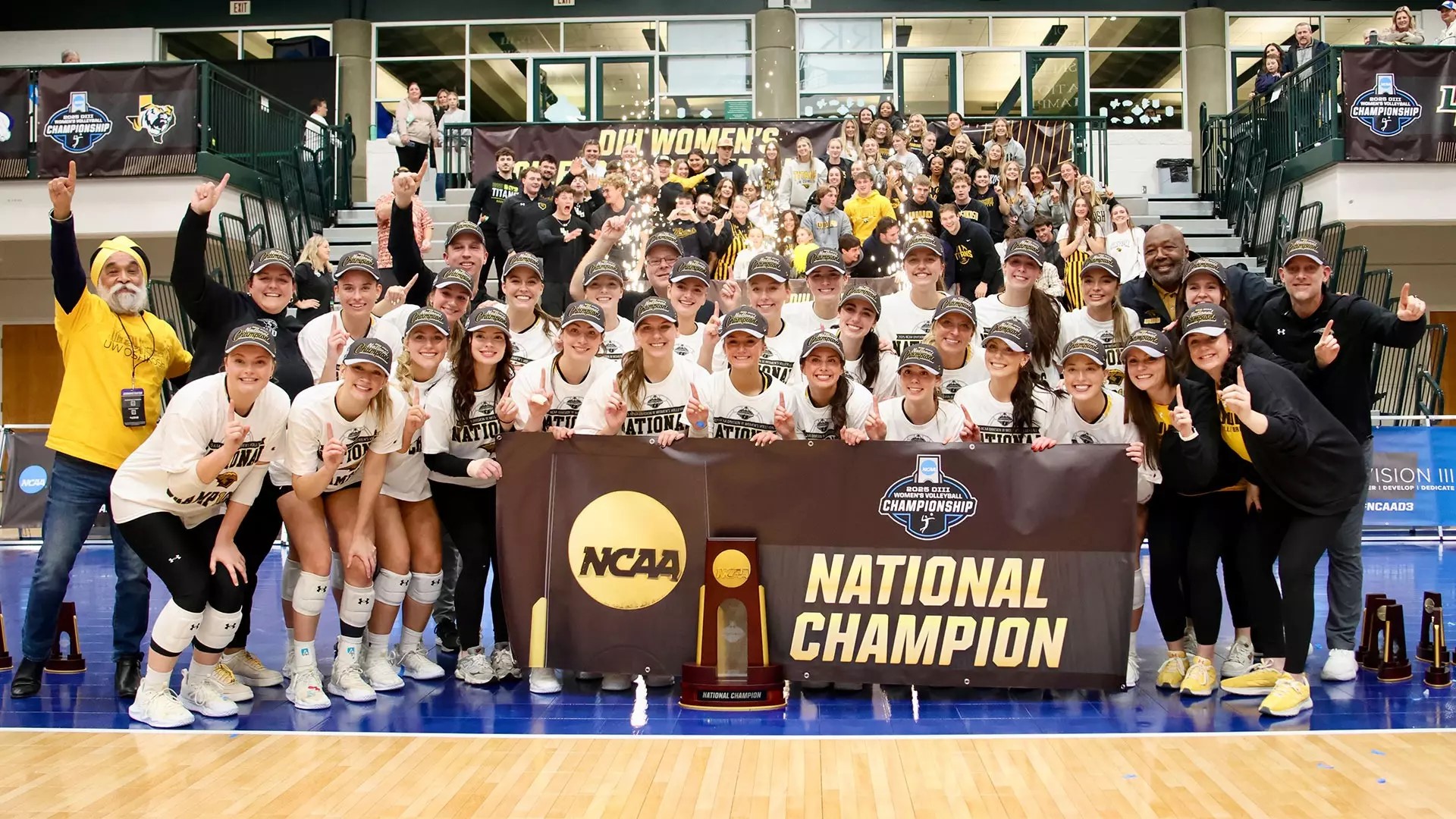
Oshkosh did not drop a set across their six matches in the national tournament on its way to the first national title in program history.
BLOOMINGTON, Ill.- UW-Oshkosh women’s volleyball is the 2025 NCAA Division III national champion!
The Titans (34-3) completed their perfect national tournament with a 3-0 win over the University of La Verne (Calif.) at the Shirk Center on the campus of Illinois Wesleyan University on Saturday (Dec. 6). They won by set scores of 25-17, 25-22, 25-21. The neutral site match had a home court feeling as friends, family, fellow student-athletes, and coaches packed the arena and cheered on the Titans all through the historic match.
While being the first national championship in program history, it is also the 51st in UW-Oshkosh history, the first Division III title since men’s basketball won the 2019 championship and the first women’s Division III title since women’s track & field won the 2014 indoor championship. Since 2020, UW-Oshkosh has claimed four national championships; the remaining three were won by women’s gymnastics at the National Collegiate Gymnastics Association Championship.
The championship match appearance was Oshkosh’s second in program history and the first since falling to Washington University in St. Louis (Mo.) in the 1994 title match.
Exceptional
The Titans entered Saturday on an 18-set winning streak dating back to the WIAC Tournament championship match against UW-Eau Claire at Kolf Sport Center on Nov. 15 and a 37-22 all-time record in the national championship. After the win in Saturday’s championship match, they became the first program since 2004 to not drop a set in the national tournament.
Oshkosh hit .195 in the three-set match and held the Leopards (30-3) to a .140 attack percentage. While La Verne led 9-7 in team blocks and 62-57 in digs, the Titans held advantages of 54-44 in points, 43-33 in kills, 4-2 in service aces, and 37-32 in assists.
Riley Borrowman (Oswego, Ill./Oswego) got the first set going with a light tap over the net and into a large gap between defenders. The Titans then used a pair of three-point runs to create an early 9-3 lead and force a La Verne timeout. They recorded two more points out of the timeout before La Verne went on a 4-0 run to make the score 11-7. The Leopards got within three points; however, Oshkosh responded with a 5-1 run that included three kills by Samantha Perlberg (Chippewa Falls/Chippewa Falls). The deficit hovered around six points until a service error by the Leopards gave Oshkosh the serve and Borrowman bookended the set with her third kill.
La Verne scored on the first two serves of the second set and retained the lead, fighting off 4-4, 9-9 and 10-10 ties before reclaiming the edge following a Perlberg and Lauren Grier (Fond du Lac/Fond du Lac) combination block to make the score 11-10. Continuing the back-and-fourth set, Oshkosh and La Verne got knotted up 10 more times at each point as neither team could score more than twice in a row. Perlberg broke the streak of ties with an ace and after La Verne called its first timeout, Grace Juergens (Lockport, Ill./Lockport Community) and Grier tallied kills of their own to make the score 23-20. Grier and Juergens each followed a Leopard point with the 24th and 25th points of the match. Both were kills.
Oshkosh and La Verne traded service errors to begin the third set before the trended of tied scores continued five more times until the Leopards put together a three-point spurt to make the score 11-8. They led by 15-11 headed into the timeout, however the Titans flipped a switch out of the break and went 7-1 to lead 18-16. Maren Motz (Hartland/Arrowhead Union) and Perlberg added two kills in a 3-0 spurt that brought the Titans past the 20-point mark of the set.
By the numbers
Perlberg registered her 22nd double-double in 36 matches, notching 16 kills on 41 attacks with seven errors and dug 13 attacks while adding a service ace and four blocks. Perlberg, who had reset the Oshkosh single-season total attacks record in the semifinal, extended her record past Jean Harmsen’s 1997 mark of 1,429 with 41 in the championship match for a total of 1,472 on the season.
Juergens also reached double-digit kills for the 19th time with 10. She scored twice from the service line, had four digs, and blocked a shot.
In their final match in yellow and gold, Izzy Coon (Fond du Lac/St. Mary’s Springs Academy) and Jaclyn Dutkiewicz (Franklin/Franklin) registered 17 and 13 assists, respectively. Dutkiewicz added 13 digs and Coon had eight.
Lauren Grier (Fond du Lac/Fond du Lac) joined Perlberg with four block assists and Borrowman tallied three total (one solo).
Callie Panasuk (Oak Creek/Oak Creek) was the third Titan with double-digit digs with 10 to cap off her fantastic freshman campaign.
After the championship concluded, Coon, Grier, Panasuk, and Perlberg were all named to the all-tournament team Perlberg was selected as the championship’s most outstanding player.
Read more:
UW-Oshkosh athletics
Sports
Miami volleyball season ends, falling to Kansas in the second round 3-1
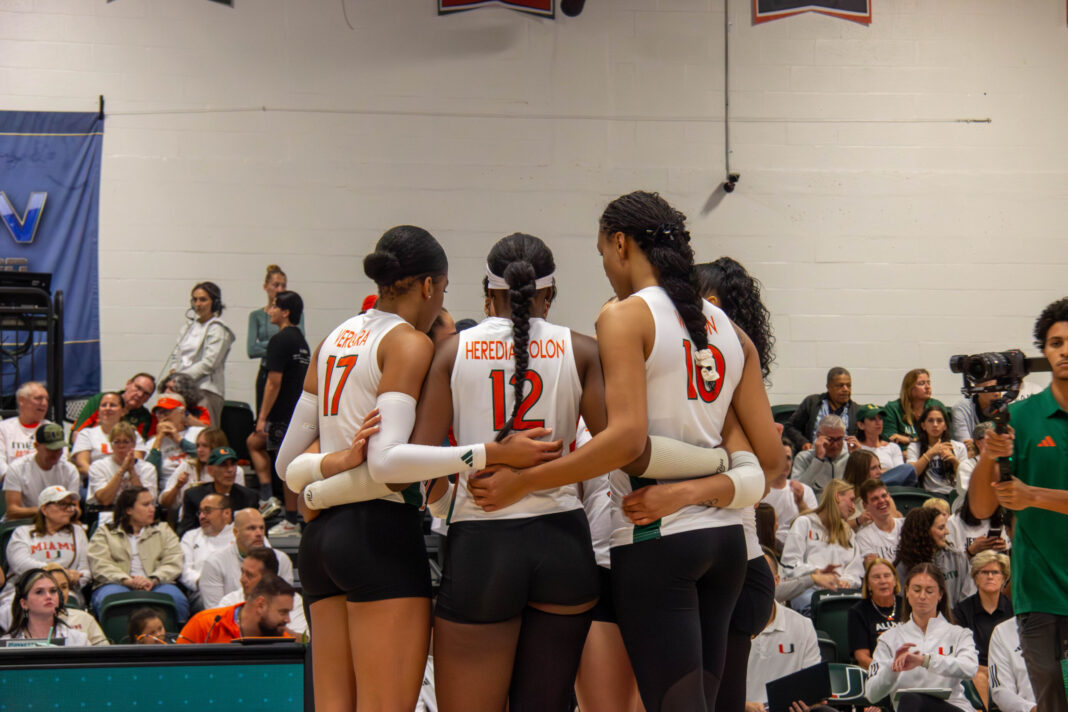

The No. 5 seed Miami Hurricanes had their record season come to an end on Friday night, falling to the No. 4 seeded Kansas Jayhawks, 3-1, in the second round of the NCAA tournament.
Even in defeat, UM’s star was in top-form. Senior Flormarie Heredia Colon notched 14 digs and 27 kills, ending her college career with 1,896 kills, more than any other Hurricane in program history. Senior Naylani Feliciano also surpassed 1,000 career digs with 14.
The first set started off neck-and neck with Heredia Colon notching a kill to tie the set at five apiece.
But right after, Kansas pulled away by going on a 5-0 run to make the score 10-5. During the run, Kansas senior Rhian Swanson had back-to-back kills.
The ’Canes never closed the gap for the remainder of the set as the closest they would come after would be when senior Dalia Wilson tallied a kill to bring the Kansas lead down to 16-13. The Jayhawks went on to win the set 25-17, closing with a kill by freshman Selena Leban, taking a 1-0 match lead.
Like set one, the second set started out with a battle with an ace by Wilson giving Miami a slight edge for a 9-8 lead. However, the Jayhawks, trying to replicate the first set, once again went on a 5-0 run, this time to bring their lead to 13-9.
Unlike the first set however, the Hurricanes responded to the run well. Their response was simple: they went on a run of their own. The ’Canes went on a 4-0 run, finishing off with a Heredia Colon kill to tie the match at 13-all. The remainder of the set was a back-and-forth battle with the score being tied late at 21 apiece.

Unfortunately for the Hurricanes, it would be the Jayhawks who would make the finishing blow as they won four out of the final five points. Kansas would win the set, 25-22, bringing them one set from the round of 16, leading 2-0.
Miami started the third set off well, leading 3-2 after a kill by Heredia Colon. In need of a set victory to keep the match and its season alive, Miami controlled the rest of the set, winning three of the last four points, two coming off kills by junior Ava Carney and one by way of an ace from Feliciano. UM would win the set, 25-22, cutting the match score to 2-1.
The fourth and final set began in Miami’s favor with two kills by Heredia Colon and an ace by Wilson gave them an early 4-1 lead. The lead would not last long as a Leban kill tied it up at 5-5.
A 7-1 Kansas run gave them a 14-9 lead, but the ’Canes battled back for the rest of the set with UM even coming within a point of tying the match when they led the set 24-23. However, a kill by Kansas freshman Jovana Zelenovic tied the match and the Jayhawks then won three of the next four points to win the set 27-25 as well as the match, 3-1, sending themselves to the round of 16.
After the loss, Miami’s season comes to a close. They finished with a 27-6 (16-4 ACC) record, tying the 2002 team’s record for wins in a season for the program. This would also be the last time starters Feliciano, Heredia Colon and Wilson as well as other players, Jazmin Vergara and Lilou Stegeman, will wear the Miami uniform as they all will be graduating.
Heredia Colon will continue her volleyball career in Major League Volleyball as she was selected in the second round, No. 10 overall, of the 2025 MLV draft to the Columbus Fury.
Miami will have big shoes to fill next season.

Sports
Texas vs Indiana in Sweet 16

Looking back, things couldn’t have gone any better for Texas volleyball during the opening weekend of the NCAA Tournament.
The top-seeded Longhorns (24-3) flash a poised and precise offense befitting one of the top attacks in the country: They hit better than .400 in both matches while sweeping unseeded Florida A&M and No. 8 Penn State in the first- and second-round matches, respectively. They also flashed a relentless defense with an imposing block and impenetrable back row: On Friday, Florida A&M had more hitting errors than kills, and defending champion Penn State hit just .124 Saturday against Texas.
And in order to reach their ultimate goal of an NCAA championship, said All-American candidate Torrey Stafford, the Longhorns need to maintain that kind of balance entering the round of 16 this weekend at Gregory Gymnasium.
“I feel like it’s easy to put a big emphasis on either offense or defense, but we try to do both,” Stafford said after Saturday’s 25-16, 25-9, 25-19 sweep over Penn State. “And in order to be a great offensive team, we need to be great defensive team, too.”
Stafford and her teammates certainly looked great against the Nittany Lions while reaching the Sweet 16 for a 20th consecutive season. Stafford fired 21 kills with just one hitting error while fellow attackers Cari Spears and Abby Vander Wal combined for 19 more kills with just three hitting errors.
“I just felt like everyone was on the same page tonight,” said setter Ella Swindle, who dished out 21 assists. “I think we just had a really clear picture of what we were trying to do, and I think all of our hitters did a really good job of just being ready in any situation and also just going after the shots that they wanted.”
Now, Texas will take the best shot from surprising Indiana (25-7), which reached the round of 16 for just the second time in program history by sweeping Colorado. The Hoosiers boast a balanced squad steeled by playing in arguably the country’s deepest conference, the Big Ten. They ranked fifth in the Big Ten this season with a .283 hitting percentage, and they boast a veteran attacker in Candela Alonso-Corcelles, a 6-foot-2 senior from Spain who averages 3.54 kills a set.
But the key to the Hoosiers could be setter Teodora Kričković, said UT coach Jerritt Elliott. The 6-foot-2 freshman from Serbia emerged as one of the top young setters in the nation this season while averaging 10.67 assists per set. Her size also gives Indiana a presence at the net, much like Texas has with the 6-2 Swindle; Kričković has 52 kills as well as 50 blocks.
Elliott said he caught “about 15 minutes” of Indiana on TV earlier this season, but is looking forward to diving into the film study.
“I think they’re a fast team, I think they’ve got good setting, (and) I think they’re pretty efficient,” he said. “They’ll be a good challenge.”
Texas will face No. 4 Indiana Friday at noon at Gregory Gymnasium. With a win, the Longhorns will play a final home game this season Sunday against either No. 2 Stanford or No. 3 Wisconsin. The winner of that match qualifies for the Final Four Dec. 18-21 in Kansas City, Mo.
Sports
#11 Creighton Volleyball to Meet #8 Arizona State in Sweet 16 in Lexington

Courtesy of Rob Anderson, Creighton Athletics
OMAHA, Neb. — The NCAA has announced that the No. 11 Creighton Volleyball team will meet No. 8 Arizona State on Thursday, Dec., 11 in Lexington, Ky. The teams will square off at 12 p.m. Central inside Memorial Coliseum.
Winners of 22 straight matches, Creighton is 27-5 this fall. The Bluejays are making their fifth Sweet 16 appearance, and third consecutive. Arizona State is 28-3 this fall and making their second Sweet 16 in the past three seasons. The only previous meeting between the programs came in 2002.
Thursday’s match will be broadcast on ESPN2.
Second-ranked Kentucky (27-2) will host Cal Poly (27-7) at 2:30 p.m. Central on Thursday.
The Regional Final featuring Thursday’s winners is scheduled for Saturday, with a time and broadcast plans to be announced following Thursday’s results.
For those fans interested in acquiring tickets to the NCAA Lexington Regional, all-session tickets will be on sale Monday at 9 a.m. Central with single-session tickets on sale Tuesday at 9 a.m. CT on UKathletics.com.
-
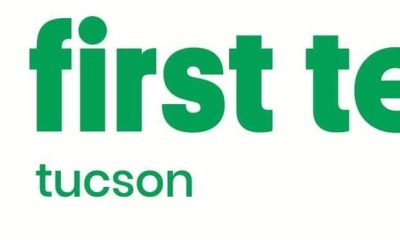
 Rec Sports2 weeks ago
Rec Sports2 weeks agoFirst Tee Winter Registration is open
-

 Rec Sports2 weeks ago
Rec Sports2 weeks agoFargo girl, 13, dies after collapsing during school basketball game – Grand Forks Herald
-

 Motorsports2 weeks ago
Motorsports2 weeks agoCPG Brands Like Allegra Are Betting on F1 for the First Time
-

 Sports3 weeks ago
Sports3 weeks agoVolleyball Recaps – November 18
-

 Motorsports2 weeks ago
Motorsports2 weeks agoF1 Las Vegas: Verstappen win, Norris and Piastri DQ tighten 2025 title fight
-

 Sports2 weeks ago
Sports2 weeks agoTwo Pro Volleyball Leagues Serve Up Plans for Minnesota Teams
-

 Sports2 weeks ago
Sports2 weeks agoUtah State Announces 2025-26 Indoor Track & Field Schedule
-
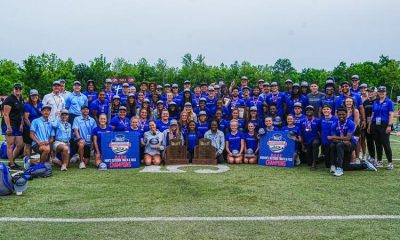
 Sports2 weeks ago
Sports2 weeks agoSycamores unveil 2026 track and field schedule
-
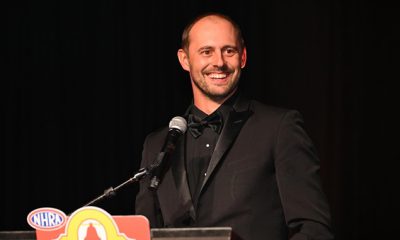
 Motorsports2 weeks ago
Motorsports2 weeks agoRedemption Means First Pro Stock World Championship for Dallas Glenn
-

 NIL1 week ago
NIL1 week agoBowl Projections: ESPN predicts 12-team College Football Playoff bracket, full bowl slate after Week 14























































